USWNT's Alex Morgan had late start yield meteoric rise in women's soccer

In 2006, when 17-year-old Alex Morgan visited the University of California, she noticed how most students got around: Vespas, the Italian scooters that cruise up and down the sprawling hilly campus. Morgan, who’d just landed herself a soccer scholarship, turned to her father and tried to negotiate herself a scooter.
“My dad was like, ‘No way, that’s ridiculous. I’m not getting you a scooter,’” Morgan said.
But Morgan didn’t let up, and her father made her a deal: If she got her motorcycle license, he’d look into it. So Morgan spent a Saturday driving motorcycles in a parking lot.
Meet the USWNT 23: The USA's 2015 Women's World Cup team
“It was hilarious," she said. "Manual transmission, lots of starting and stopping ... let’s just say, I did not learn how to drive a motorcycle. But I managed to pass.”
Her father upheld his end of the bargain and ordered an assemble-yourself scooter from China.
“It was the cheapest thing he could find on the Internet,” Morgan said. “Everyone had real Vespas and I had this fake one. It was called The Big Chief, and this thing was massive.”
The Big Chief was “supposedly a two-seater” and Morgan’s freshman year roommate was scooter-less, so first day of class, Morgan offered to give her a ride.
“I’m feeling all proud, all cool," Morgan said. "I was like, ‘I’ve got one. Come on, let’s go.’ So we’re going back to the dorm from class; it’s not a big hill, just a mini little slope. And we are going no faster than the people who are walking along the sidewalk. It was so embarrassing.”
Team practices were at the top of a real hill, a big one. The Big Chief could not make it up the incline.
“I had to get off and run next to it at full throttle,” Morgan said. She took video of this and sent it to her father. “I wanted him to be able to fully appreciate it.”
U.S. Women's World Cup Team: Alex Morgan
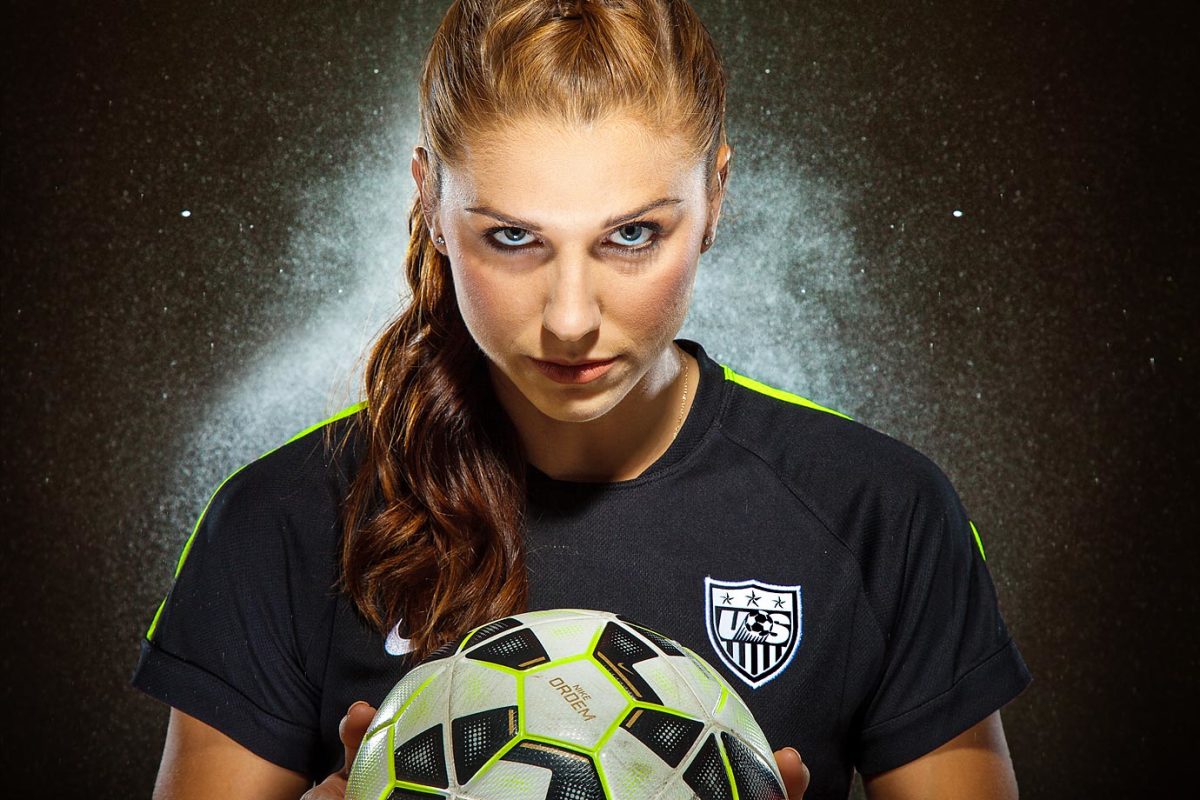
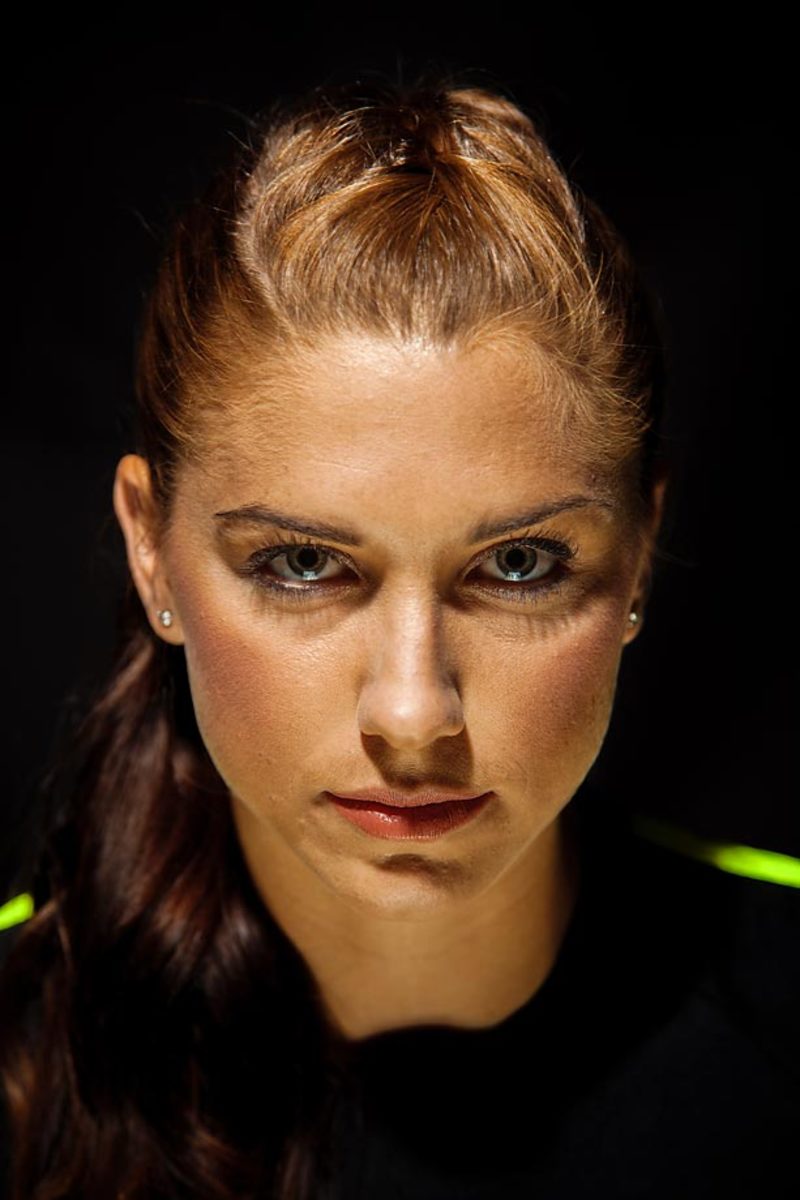
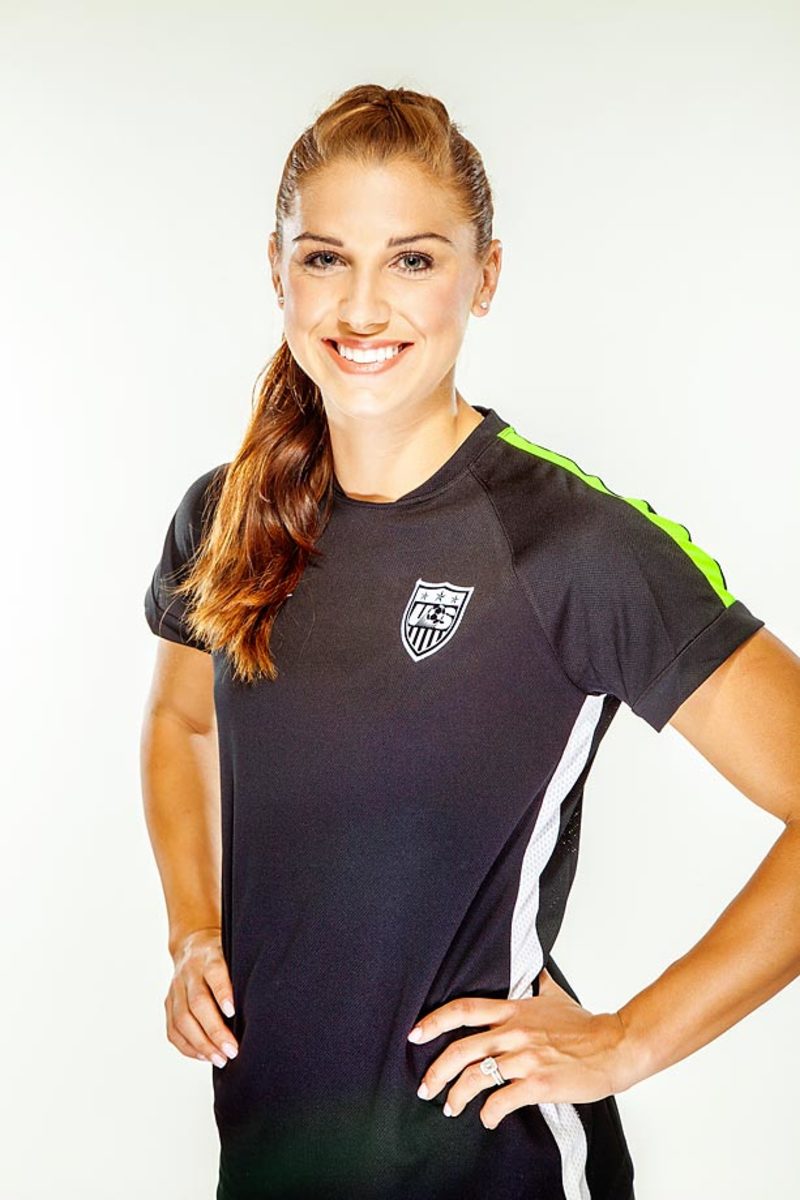
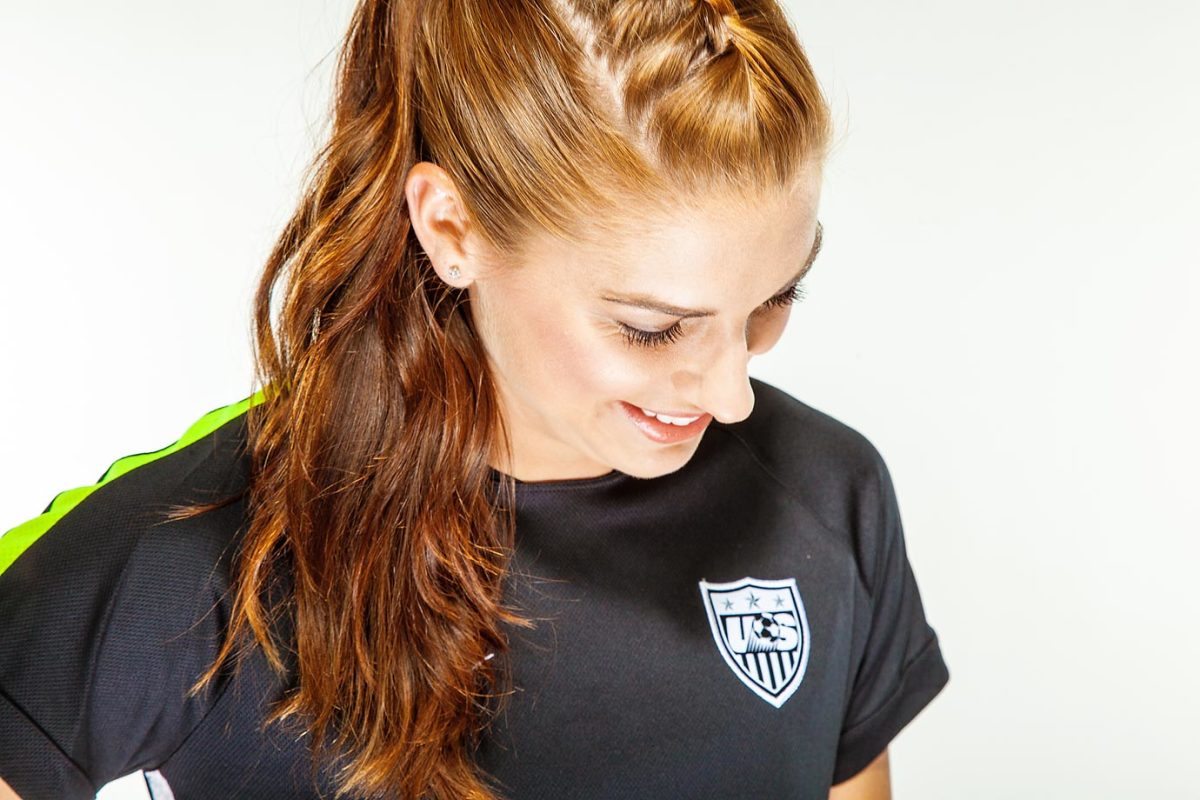
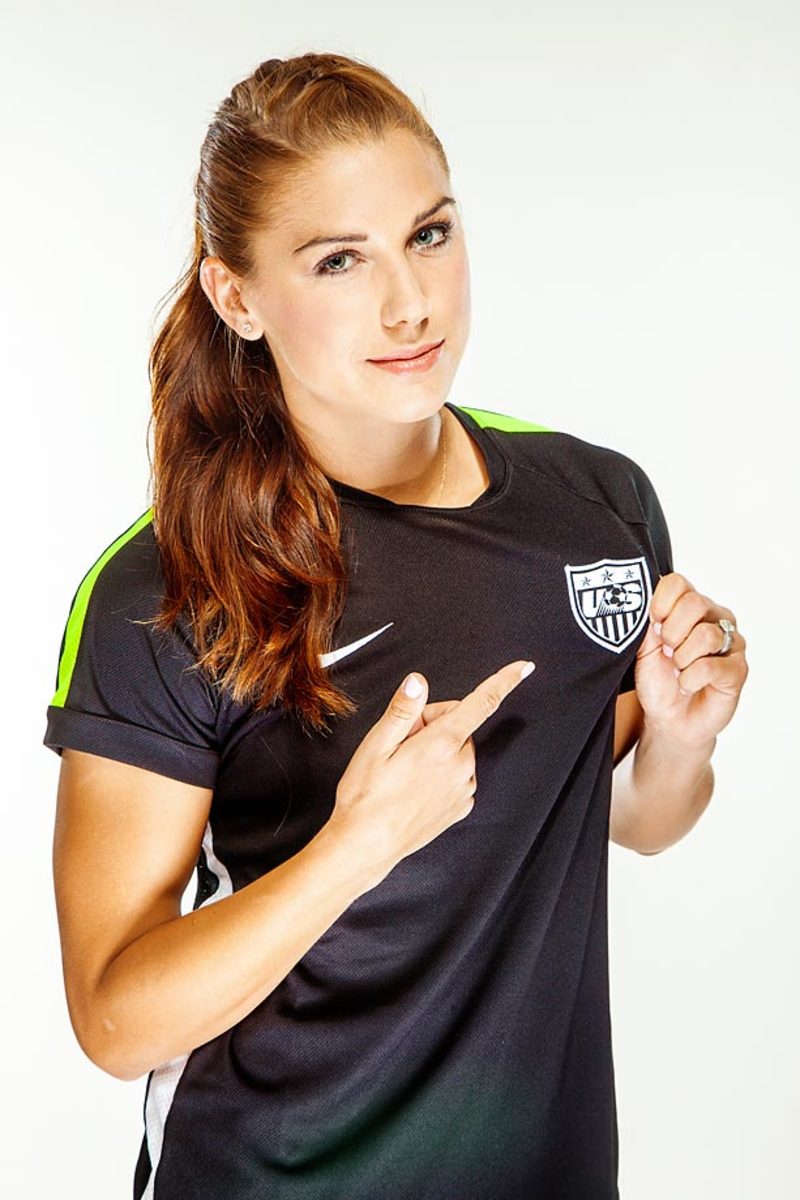
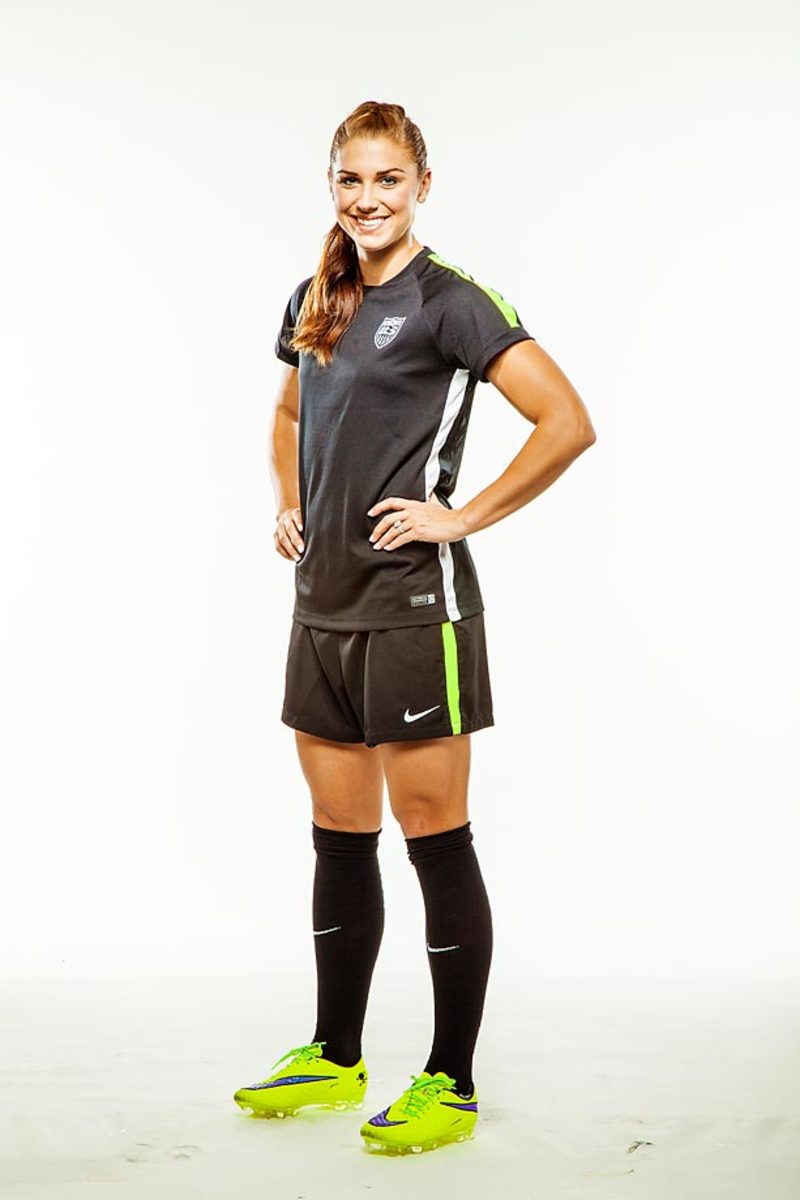
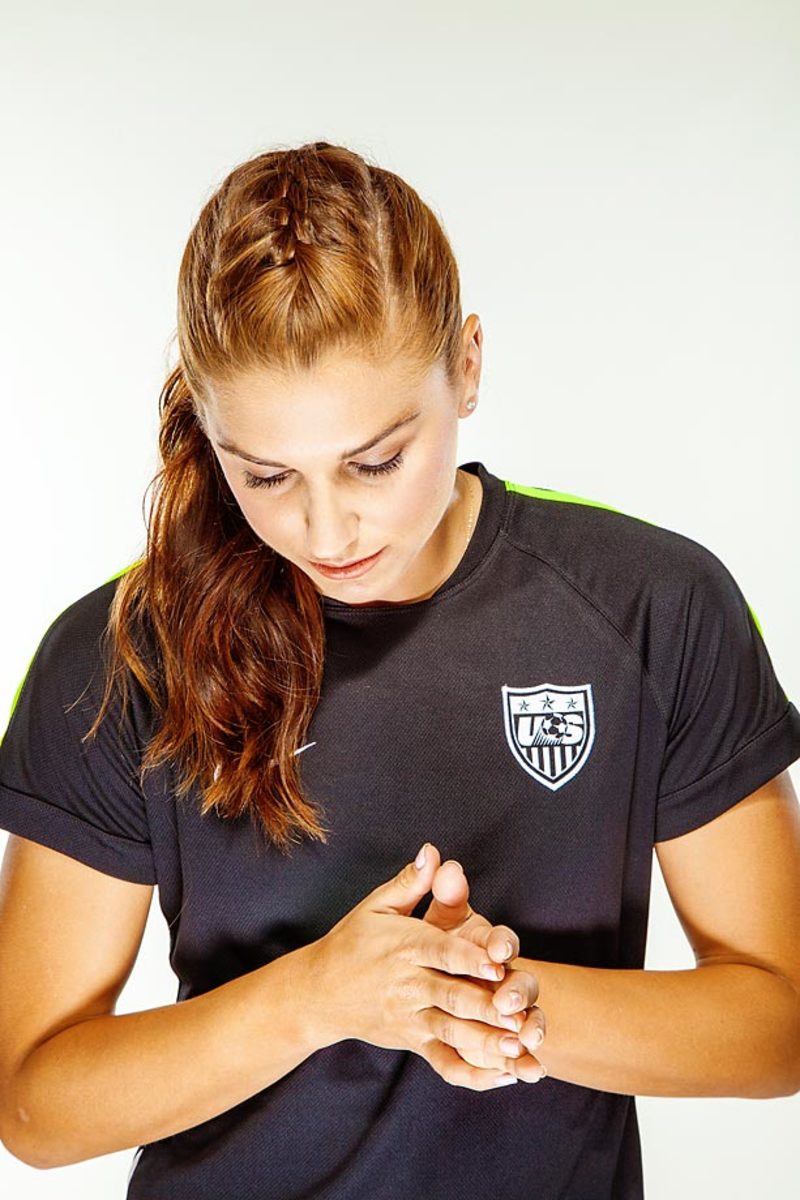
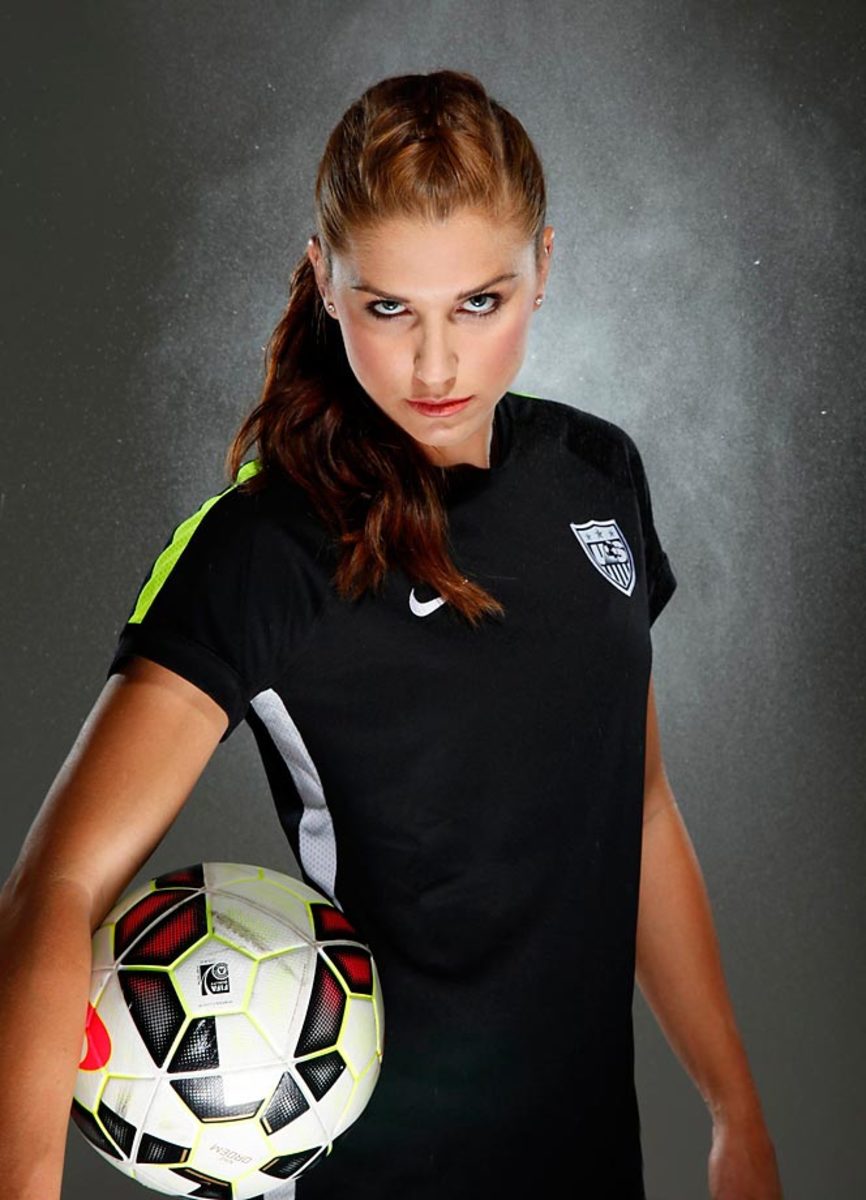
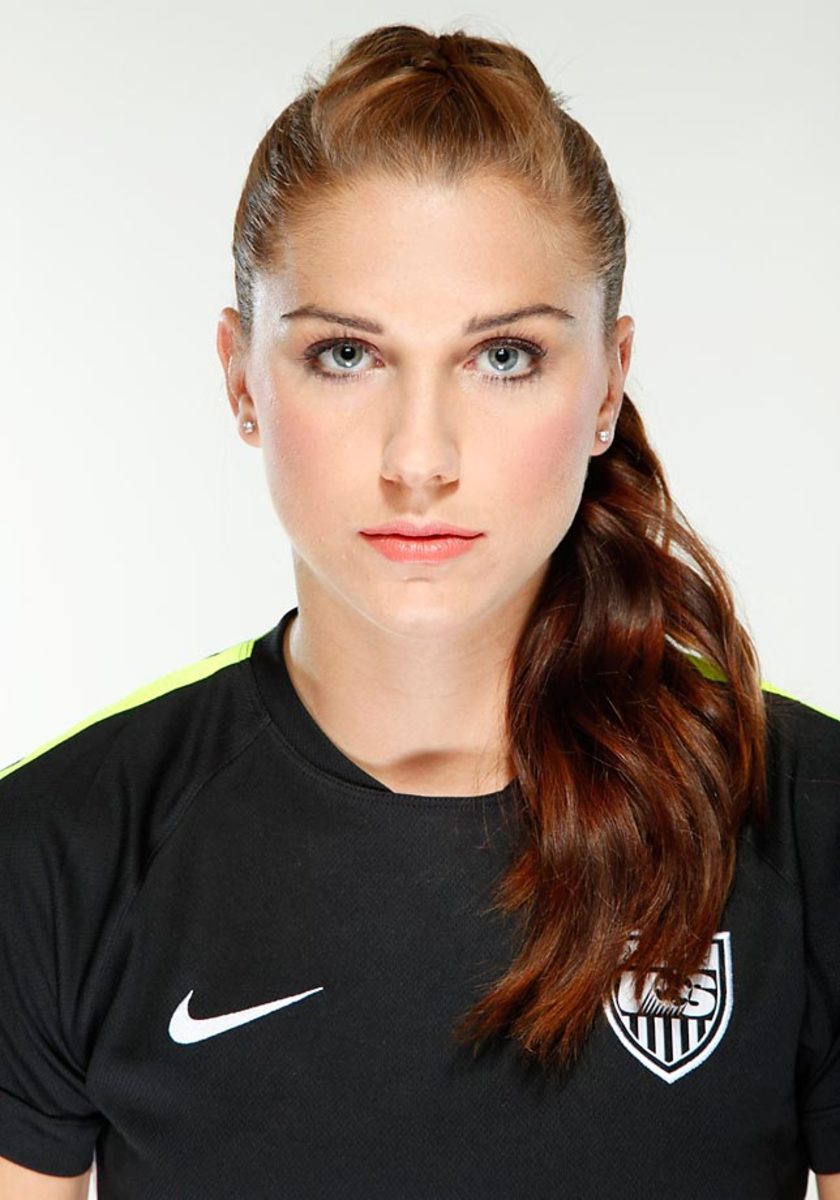
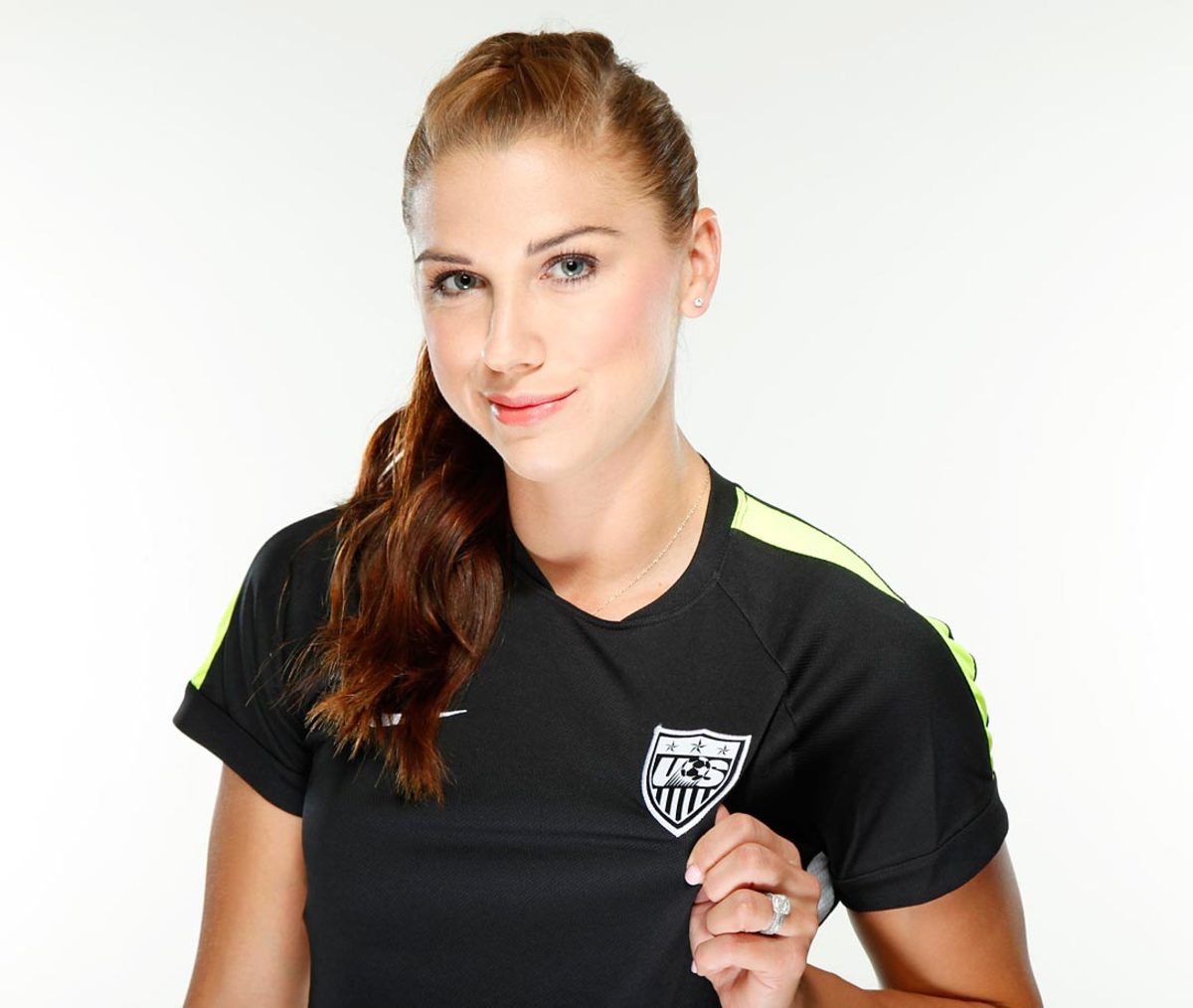
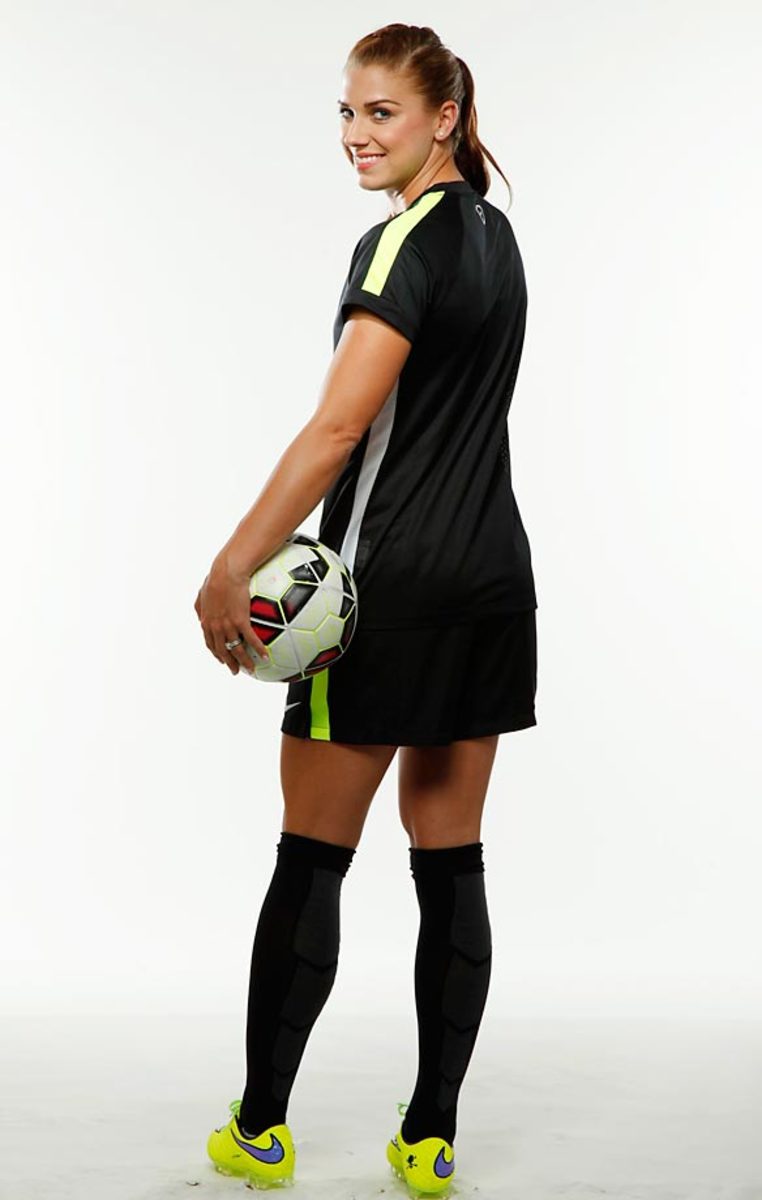
It's an ironic image—Morgan riding this hunk of metal as it fails to accelerate up the hill—considering Morgan’s own career. She arrived late to the game, not starting club soccer until she was 14, and also faced a decent incline. But her gift of acceleration allowed her to take that hill full speed.
At 14, as Morgan pointed out, coaches are already recruiting, but she "wasn’t even on the radar.” But three years later, at 17, she was on the U-20 national team, and in March 2010, she got her first call-up to the senior team. In 2011, at 22, she became the youngest member of the U.S. World Cup team.
Her late foray into the game meant she still had a complex with the ball at her feet.
“I’m a big advocate of starting soccer young and always having the ball at your foot, but that’s because I didn’t do that,” Morgan said. “If I’d focused more on that when I was a kid, it would’ve been so helpful. It took me like halfway through college to feel comfortable with the ball.”
Her college time was crucial to her development. Berkeley coach Neil McGuire described her as “the hardest worker [he’s] ever seen.”
USWNT's Alex Morgan (knee) won't be available full-time early in World Cup
Said Morgan: “Once I got to college, I realized that practicing 3–6 days wasn't going to be enough for me to get where I wanted.”
In the off-season, in addition to doing individual training sessions with the coaching staff, she trained and played pickup with the Cal men’s team, which included future husband Servando Carrasco. In these games, she could no longer rely on her speed to beat a player.
“Technically, I got better with my feet and I started thinking faster,” Morgan said. “I felt out of my comfort zone a lot, but that's when I knew I was improving. It was so fun thinking that coaches weren't watching me and I could actually try things that I wouldn't normally in a practice.”
These experiences had a major impact on her skill level, but she credits her experiences abroad with her true understanding of what soccer truly meant. In the spring of her junior year of college, Morgan studied abroad in Madrid.
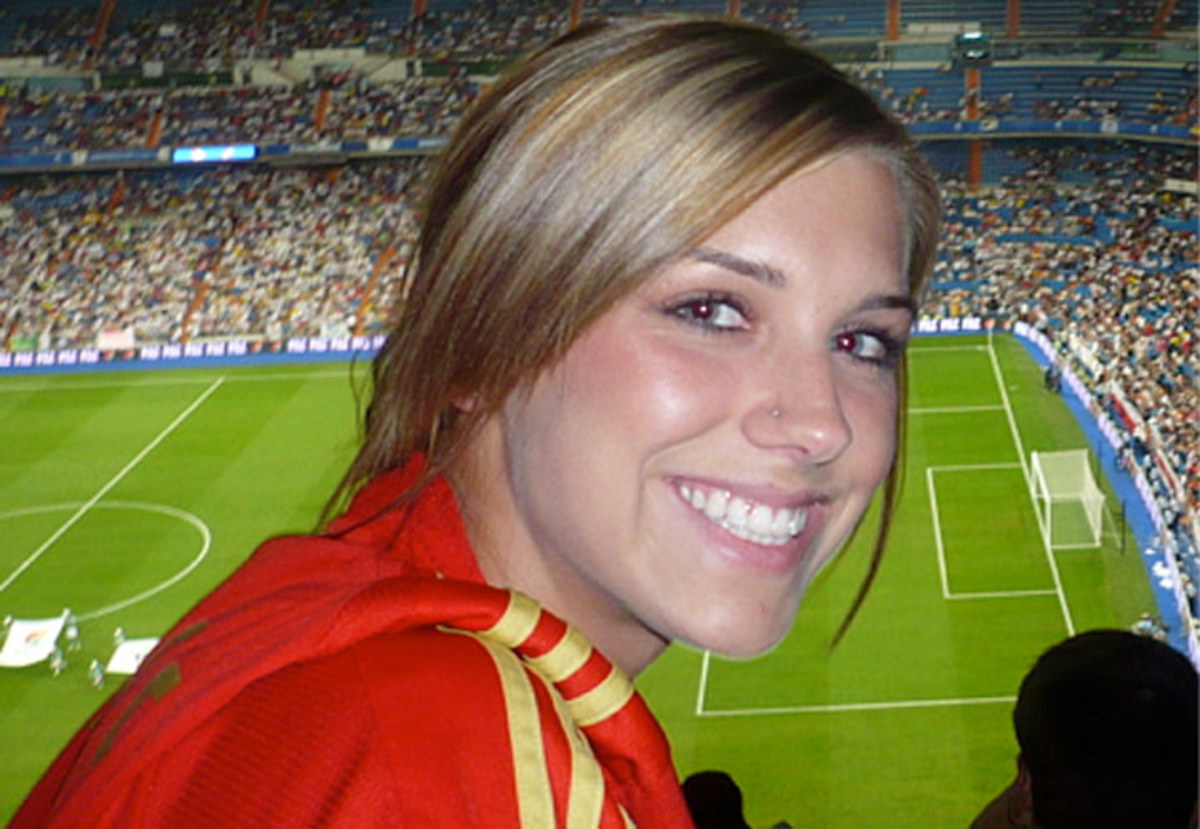
“I went over there to totally immerse myself in the culture, and football was my chance to do that.”
Every day she’d head out to the futsal court with a ball and play by herself. Eventually, guys starting coming around.
“They’d be in their 40s and 50s, drinking vinotinto and smoking their cigarettes, and here I am, this white American girl who can barely get by conversationally,” Morgan said. “The first couple minutes playing, they’d be like, 'Who is this girl? Oh great.' They weren’t expecting much from me.”
They’d pass the ball to her, but they’d make sure to get it right back. But then Morgan would score from half court, bend it into the small goal and their tune would change.
“They gave me a lot of respect,” Morgan said. She met them at the court every other day. “You just got together and played. Anything goes in a pickup game, and that’s what’s so fun.”
• WAHL: U.S. ties South Korea in World Cup send-off game
While these pickup games may not have done much to improve her skill, her time in Spain gave her a greater appreciation of the game.
“It made me love the language of soccer around the world,” Morgan said. She started really paying attention to international soccer. She remembers watching Cristiano Ronaldo’s introduction to Real Madrid, sitting on a ledge, 80,000 plus people crammed into a stadium, witnessing the widespread excitement.
“My time in Spain was my introduction to the world of football.”
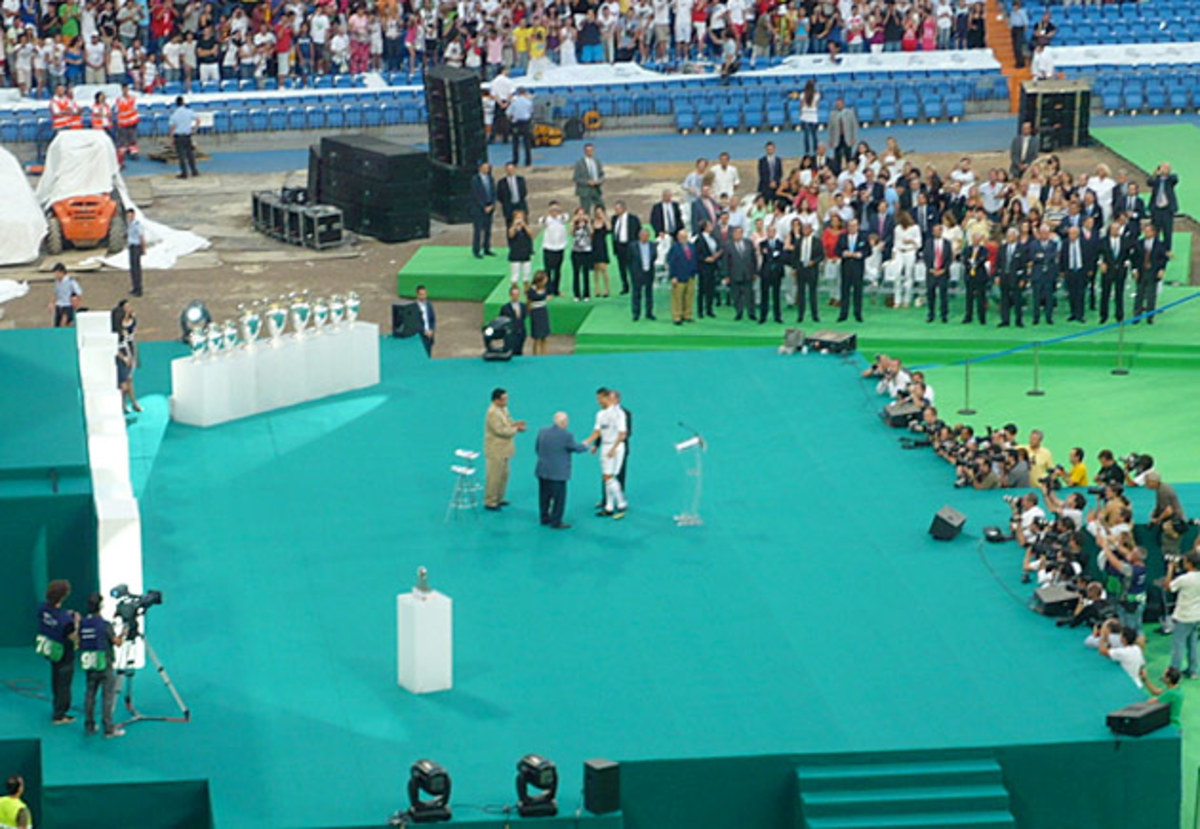
In the 2011 World Cup, the world was introduced to Morgan. Dubbed “Baby Horse” by her teammates, thanks to her youth and the sheer force in her stride, she came in off the bench and changed the game. She scored in the 82nd minute in the semifinal against France and then again in the final against Japan. In the 2012 London Olympics, she scored the game-winning goal in the 123rd minute of the semifinal game against Canada.
She finished the year with 28 goals and 21 assists, joining Mia Hamm as the only American women to score 20 goals and collect 20 assists in the same calendar year.
In 2015, Morgan, now 25, is no longer a rookie, no longer the kid who’s insecure with the ball at her feet–evidenced by her nutmeg in a match against France earlier this year.
Her gift of acceleration has been flanked with skill for which she’s worked hard. Nursing a bone bruise to her left knee, she’s been out for the past three friendlies, and U.S. fans are concerned. But Morgan is determined.
“Once June 8 comes, there is no question in my mind … my knee will not be bothering me," she said. "I’m going to be 100%”
Gwendolyn Oxenham is the author of Finding the Game: Three Years, Twenty-Five Countries, and the Search for Pickup Soccer and the co-director of Pelada. Her website is gwendolynoxenham.com and she can be followed on Twitter @gwenoxenham.
